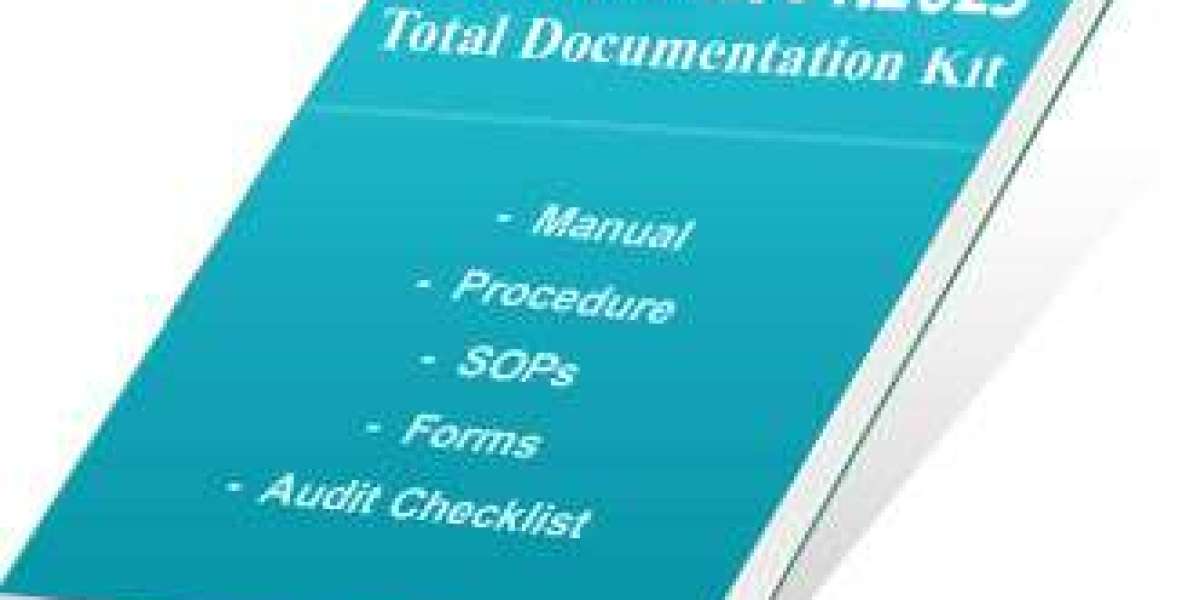As artificial intelligence (AI) technologies become integral to organizations worldwide, ensuring their responsible development and use is critical. ISO/IEC 42001:2023 is an international standard that establishes requirements for an Artificial Intelligence Management System (AIMS). Achieving ISO/IEC 42001 certification demonstrates a commitment to trustworthy, ethical, and well-governed AI practices. However, certification is a rigorous process that requires careful preparation. Before pursuing certification, organizations should take several key preparatory steps.
Conduct a Gap Analysis
One of the first steps in preparing for ISO/IEC 42001 certification is conducting a gap analysis. This involves reviewing existing AI-related policies, processes, and controls and comparing them to the requirements of the standard. A thorough gap analysis reveals where current practices fall short. For example, an organization might find it has no formal risk assessment process for its AI models or lacks clear guidelines on ethical AI use. Key activities include:
- Assessing current AI governance and data practices.
- Identifying deficiencies, such as missing documentation or policies.
- Prioritizing actions to address the gaps identified.
Gap analysis sets a clear roadmap for the changes needed to achieve compliance with ISO/IEC 42001 requirements. By identifying missing controls or weak areas early, an organization can systematically plan improvements before the official audit.
Engage Leadership and Assign Responsibility
Strong engagement from top management is critical. ISO/IEC 42001 emphasizes the role of leadership in an AI management system. Senior leaders should set a clear AI policy and objectives aligned with the organization’s mission. They need to allocate resources, assign roles, and communicate the importance of AI governance throughout the organization. In practice, this might involve forming an AI steering committee or appointing an AI governance lead. Important steps include:
- Securing executive sponsorship for the AI management initiative.
- Defining an AI policy or governance framework endorsed by top management.
- Assigning responsibilities (for example, to data scientists, IT staff, or compliance officers) for overseeing AI systems.
- Conducting regular reviews of AI governance progress and challenges.
Active leadership commitment ensures that the AI management system is taken seriously across the organization. When executives champion the process and clarify who is accountable for AI risks and policies, it creates the authority and momentum needed to implement the standard’s requirements.
Develop Documentation and Policies
ISO/IEC 42001 requires thorough documentation to ensure consistency and transparency. Organizations should create or update policies, procedures, and records related to AI management. This can include an ISO 42001 manual outlining principles like fairness, privacy, and security. It should also cover procedures for developing, deploying, and monitoring AI systems, including risk and impact assessments. Helpful actions include:
- Drafting an AI policy that defines ethics, security, and quality objectives.
- Documenting processes for AI system development and review.
- Maintaining a central repository with version control for all documents.
These documents become the backbone of the AI management system and guide consistent practice. Having clear, controlled records of all policies and procedures not only meets ISO/IEC 42001 requirements but also makes it easier to demonstrate compliance during internal or external audits.
Establish Robust Risk Management
Managing AI-related risks is central to ISO/IEC 42001. Organizations should systematically identify potential issues in the AI lifecycle—such as bias in training data, model inaccuracies, or privacy breaches—and assess their likelihood and impact. A tailored risk management plan may include:
- Identifying AI-specific risks (ethical, security, compliance, etc.) and evaluating their severity.
- Implementing mitigation strategies (for example, bias testing, access controls, and data validation).
- Setting up continuous monitoring and review (maintaining a risk register or log for AI projects).
These steps ensure potential problems are anticipated and addressed proactively, aligning with the standard’s emphasis on risk-based thinking. By planning how to treat and monitor AI risks, an organization can show that it understands its AI systems’ vulnerabilities and has a strategy to manage them.
Train and Build Awareness
Investing in training and awareness is critical. For an AI management system to succeed, staff at all levels must understand the new policies and processes. Training programs should cover relevant topics such as AI ethics, data privacy, security, and the organization’s AI policy. This might involve workshops for developers on ethical AI design, sessions for project managers on documentation procedures, and briefings for executives on AI governance responsibilities. Steps to consider include:
- Providing targeted training to staff about AI governance principles and compliance obligations.
- Ensuring that teams understand their roles and the updates to processes and documentation.
- Promoting a culture of continuous learning to keep pace with evolving AI technologies.
By educating employees, organizations foster competence and accountability, strengthening their AI governance framework. Well-informed staff will better follow the AI management procedures and contribute to the ongoing effectiveness of the system, which is important both for certification readiness and for practical operation.
Preparing for ISO/IEC 42001 certification requires a structured approach. Organizations should begin by assessing their current AI management system through a gap analysis. Leadership must actively champion the effort. Detailed documentation and policies should be established, and a comprehensive risk management plan put in place. Finally, training staff and raising awareness will ensure the organization is aligned on AI governance principles. After these preparations, the organization can confidently engage an accredited certification body for an official audit. Auditors will expect documented evidence of the preparatory work (for example, gap analysis findings, approved AI policies, risk assessments, and training records). With these steps completed, the organization will be well positioned to achieve ISO/IEC 42001 certification.



